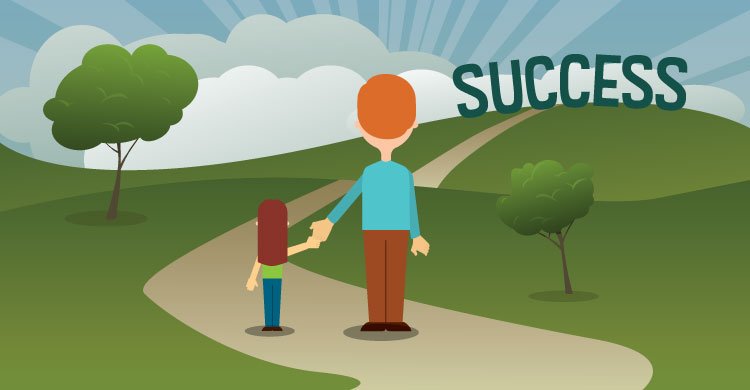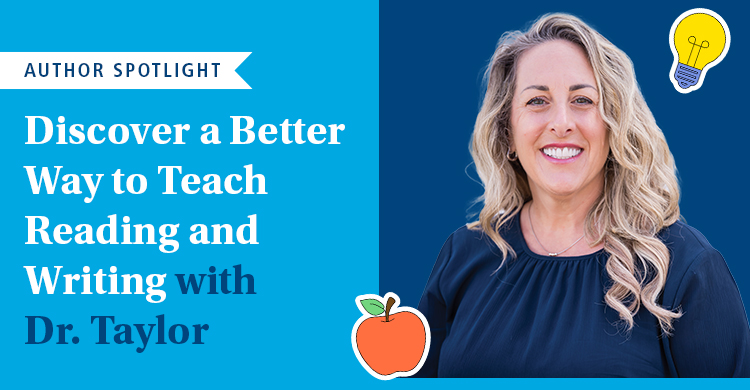I recently read the following quote and thought it a great reminder as a new school year begins:
“…development and learning are primarily social processes, and learning cannot be separated from its social context.” (Laboratory for Comparative Human Cognition, 2010 cited in Ruiz-Primo, 2010)
While most educators are not naïve to the concept of the social side of assessment, it is nonetheless important to remind one another that no one is indifferent to any assessment experience; that people—not just students—will either have a productive or counter-productive response to being assessed. As such, assessment cannot be separated from its social context, as it is the social context that often determines how students will react to the information about where they are in relation to where they need to be. What follows are a few reminders of essential assessment fundamentals.
Assessment is relationship building
So much of how our students respond to assessment results is driven by the quality of the relationships we develop and nurture with them. Relationships that influence student responses to assessment are deeply rooted in the learning culture that emerges over time, so while being friendly, cordial, respectful, and engaged with individual students is important, how we handle assessment says more about our relationships than anything else. Being friendly and good-natured is fine—even desirable—but when assessments reveal that some students need longer to learn or could benefit from more specific instruction and a reassessment, our response either adds to or takes away from the relationships we’re trying to solidify.
It’s in these moments where the strength and authenticity of our relationships are tested. Students who need longer to learn but aren’t provided the opportunity won’t believe us when we say it’s all about the learning; students who need more instruction and a reassessment but are cut short and told it’s too late will look cynically upon our peripheral efforts to build rapport. The social context within which assessment occurs can’t be ignored during the planning, execution, or response stages, and while we can create assessment activities in the abstract, the mismatch of the assessment as it relates to the culture, the mistiming of assessment as it relates to readiness, or the misguided responses to the identified discrepancies in learning could inadvertently undermine all of the relationship building that has previously taken place.
Balance efficiency and effectiveness
It’s always good to remember that assessment is so much more than just a clinical exercise in number crunching; assessment is more emotional than clinical, but it’s easy to forget. Whether a high school teacher has 120 students or an elementary teacher teaches six (or more) subjects, it is easy—even understandable—that teachers view assessment exclusively through the lens of efficiency.
While a focus on efficiency is about maximizing time, effectiveness is about maximizing outcomes; assessment is most productive when it balances both. Without efficiency, assessment routines are too time-consuming and ultimately unsustainable; without effectiveness, the desired result of sound assessment practices are unattainable. It’s about balance. Essential to this balance is being keenly aware of how our students respond. In a previous post entitled “Five Questions About Feedback,” I emphasized how the effectiveness of our feedback is measured by whether it elicits a productive response from the recipient, so while we may be efficient in identifying the discrepancies in learning for every student, we must be equally effective in responding to the results since the simple gathering of evidence falls short of fulfilling the promise of a balanced assessment system.
An imbalance is not beneficial to teachers or students, and will strain the social context within which students are being assessed. A slight lean toward effectiveness would be ideal, as learning has to remain our first priority, but it is somewhat naïve to ignore the realities of what (and how much) needs to be accomplished by the end of any given period of time (i.e. semester). Remembering the personal and emotional part of assessment experiences will make it easier for teachers to be both efficient and effective.
Perpetual path to recovery
We know that the results of every assessment will not show universal mastery or leave little room for instructional responses. That is our goal, of course, but we know that some students take longer to learn and will, therefore need further assistance. A strong social context for assessment is not about masking results to protect the emotions of our students, but about establishing a pathway to recovery. When relationships are established, honesty about proficiency (or lack thereof) need not be avoided. In my experience, it’s not the poor assessment results that undermine the social context but the lack of opportunity to recover once results are made clear.
When students know there is a pathway to recovery, and that their teacher will work with them right to the end to get there, their disposition about learning will change. Students who can’t add fractions know they can’t add fractions; they don’t need their teacher to tell them that. What they need their teacher to tell them is how they can and will learn to add fractions. If there is no path to recovery then students are more likely to give up in hopelessness; we can say it’s all about the learning but, once again, they won’t believe us. When students know there is a perpetual pathway to recovery they are more likely to lean in and do what’s necessary to keep learning.
The pathway to recovery can be maintained even at the end of the year. How high schools, for example, manage this pathway for students who’ve not reached proficiency says so much about their care and attention for the students they teach. A one-size take-the-whole-course-again approach lacks the thoughtfulness and the intricacy of what the student needs to reach full proficiency. Sure, some students may need to repeat an entire course, but that decision should come after the uniqueness of the situation has been thoughtfully examined.
When we remember that assessment is a relationships-first exercise, that a balance of efficiency and effectiveness is ideal, and that a perpetual pathway to recover is essential, we make thoughtful, learning-centered decisions that create and sustain authentic relationships that leave assessment immersed in the social context of teaching and learning.
References:
Laboratory for Comparative Human Cognition. (2010). Cultural-historical activity theory. In P. Peterson, E. Baker, & B. McGraw (Eds), International Encyclopaedia of Education (Vol. 6, pp. 360-366). Oxford, UK: Elsevier.
Ruiz-Primo, M. A., & Li, M. (2013). Examining formative feedback in the classroom context: New research perspectives. In J. H. McMillan (Ed.), Sage handbook of research on classroom assessment (pp. 215–232). Thousand Oaks, CA: SAGE Publications.
[author_bio id=”398″]






